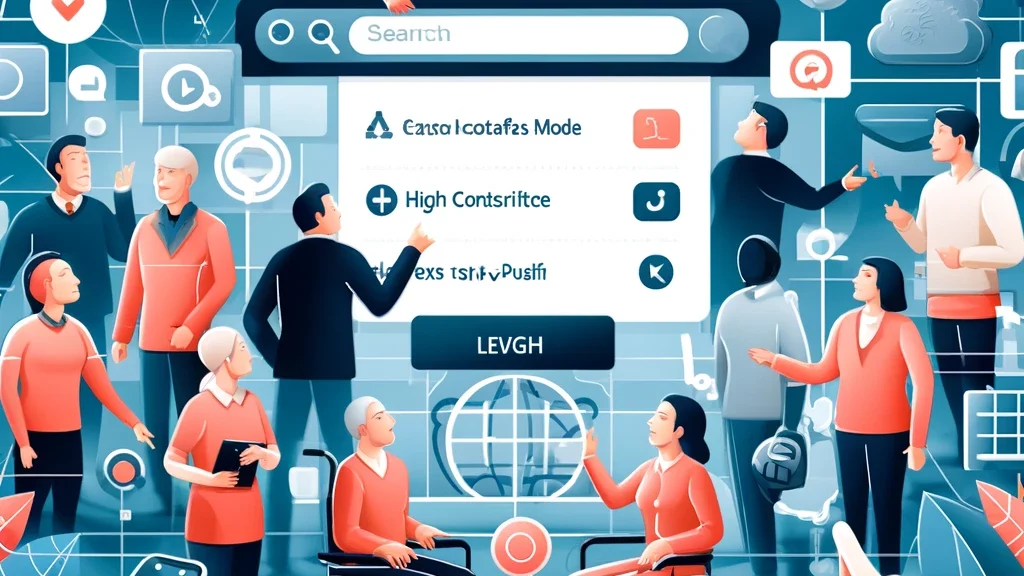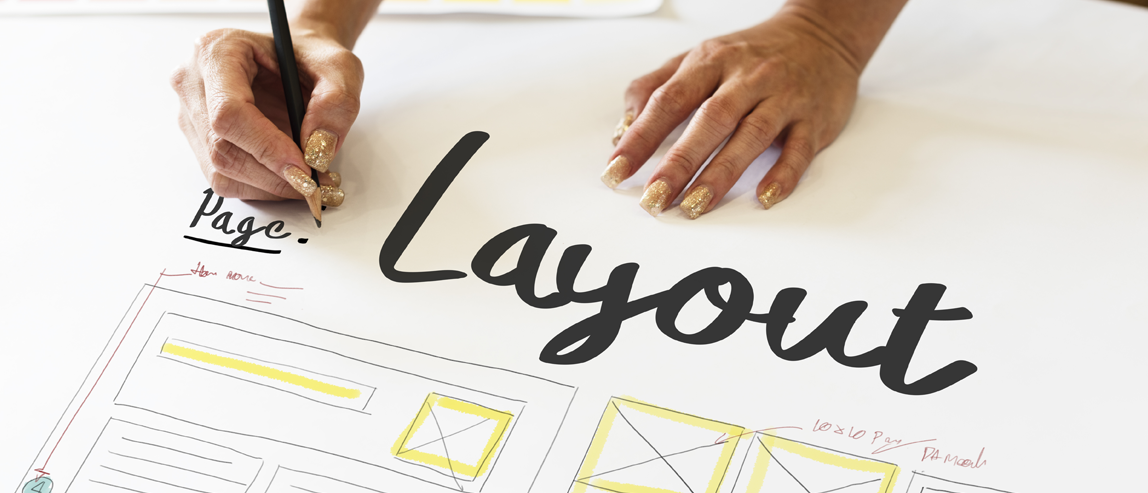In today’s digital age, ensuring that websites are accessible to all users, including those with disabilities, is not just a legal imperative—it’s a moral one. Accessibility in web design means creating web environments that everyone can use, regardless of their physical or cognitive abilities. This approach not only broadens your audience but also reflects your brand’s commitment to diversity and inclusion.
Web accessibility encompasses a wide range of practices, all aimed at removing barriers that might prevent interaction with, or access to, websites by people with disabilities. When a website is correctly designed, developed, and edited, all users have equal access to information and functionality.
One key aspect of accessible web design is adherence to the Web Content Accessibility Guidelines (WCAG), which detail how to make web content more accessible to people with disabilities. Compliance with these guidelines is often required by law in many countries and is considered best practice in the web development community.
Creating accessible websites means ensuring that they are perceivable, operable, understandable, and robust:
- Perceivable means that information and user interface components must be presentable to users in ways they can perceive. This includes providing text alternatives for non-text content, making it easier for screen readers to describe images and providing captions for videos.
- Operable involves making all functionalities available from a keyboard if needed and giving users enough time to read and use content. This also means not designing content in a way that is known to cause seizures.
- Understandable information and user interface must be understandable, ensuring that text is readable and understandable and that web pages appear and operate in predictable ways.
- Robust content must be robust enough that it can be interpreted by a wide variety of user agents, including assistive technologies. This means ensuring compatibility with current and future user tools.
In practical terms, this could mean using sufficient contrast for text against its background to be easily seen by users with visual impairments. It could also mean ensuring interactive elements are large enough to be tapped by users with motor disabilities or designing navigation in a consistent and predictable way throughout the site.
Testing for accessibility should be a part of the development process, with tools such as screen readers, accessibility audit tools like Lighthouse in Google Chrome, and consultation with actual users with disabilities to understand how they interact with your web designs.
Moreover, embracing accessibility can enhance SEO, improve your site’s usability for all users, and expand your market reach to include the more than one billion people worldwide who have disabilities. This approach also aligns with ethical design principles by ensuring that the internet remains an inclusive space for everyone.
As we move forward, it’s essential for web designers and developers to continue prioritizing accessibility. By doing so, they not only comply with legal standards but also contribute to a more inclusive web. Making your website accessible is a profound step toward broadening your impact and reaching more users in meaningful ways.








